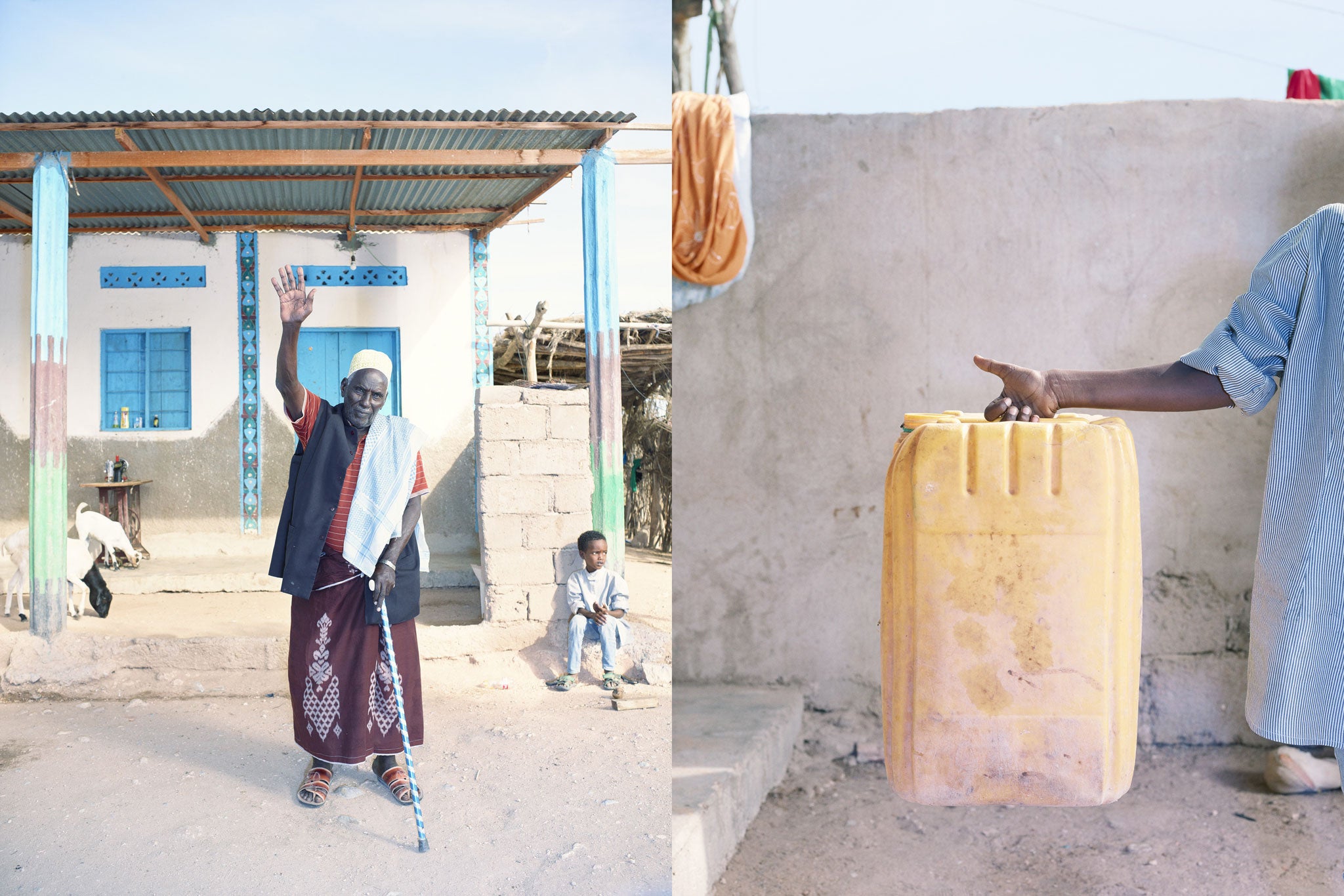Save the Children's Action 2015: Felicity McCabe’s photographs reveal the effects of climate change in Somaliland
McCabe’s images depict life in the village of Gargara, where drought has killed off most of its livestock

Your support helps us to tell the story
From reproductive rights to climate change to Big Tech, The Independent is on the ground when the story is developing. Whether it's investigating the financials of Elon Musk's pro-Trump PAC or producing our latest documentary, 'The A Word', which shines a light on the American women fighting for reproductive rights, we know how important it is to parse out the facts from the messaging.
At such a critical moment in US history, we need reporters on the ground. Your donation allows us to keep sending journalists to speak to both sides of the story.
The Independent is trusted by Americans across the entire political spectrum. And unlike many other quality news outlets, we choose not to lock Americans out of our reporting and analysis with paywalls. We believe quality journalism should be available to everyone, paid for by those who can afford it.
Your support makes all the difference.When politicians discuss climate change, it is because of what is happening in places like Somaliland in the Horn of Africa.
Felicity McCabe’s photographs, part of Save the Children’s “action/2015” project, depict life in the village of Gargara, where drought has killed off most of its livestock.
The failure of seasonal rains and the subsequent droughts throughout the past two years have affected more than 240,000 people, seriously threatening the population's access to clean safe water, their livelihoods, and causing child malnutrition rates to rise at an alarming rate.
The water shortage and rapidly drying pasture in the drought-stricken regions has led to an estimated 35 to 40 pe rcent loss of livestock, jeopardising the livelihoods of pastoralists who make up around 55 per cent of the population.
Hassan, pictured top, the village elder who is 80, says: “I try to sort out minor problems. But I don’t have any answers.”
Join our commenting forum
Join thought-provoking conversations, follow other Independent readers and see their replies
Comments